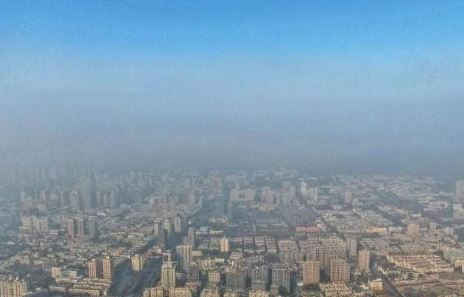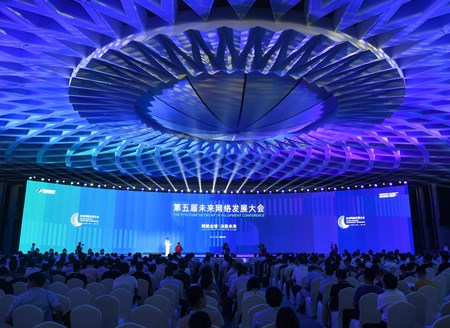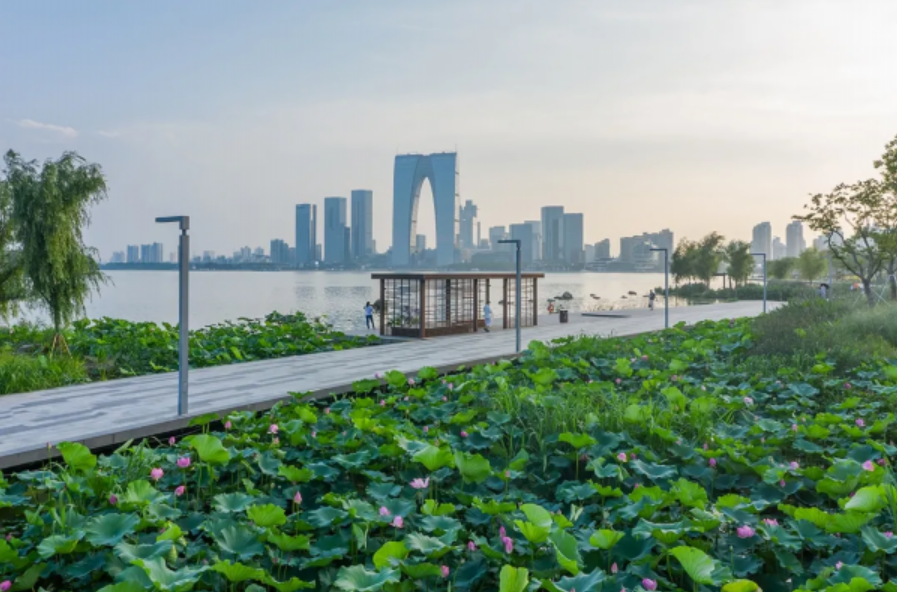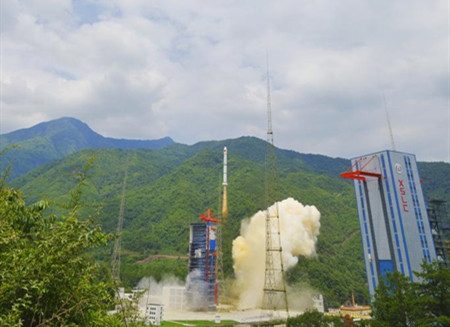The air quality in 338 Chinese cities improved last year, the Ministry of Ecology and Environment said on Tuesday.
A total of 338 prefectural cities enjoyed good air quality on 79.3 percent of days last year, up 1.3 percentage points year on year, according to the ministry.
The average density of PM 2.5 and PM 10 stood at 39 and 71 micrograms per cubic meters last year, down 9.3 percent and 5.3 percent from a year ago.
The share of days with poor air quality last year stood at 2.2 percent, a year-on-year decline of 0.3 percentage points, according to the ministry.
Last July, China released a three-year action plan on air pollution control.
According to the action plan, by 2020, emissions of sulfur dioxide and nitrogen oxide should have dropped by more than 15 percent compared with 2015 levels, while cities that fail to meet the requirement of PM 2.5 density should see a decline of more than 18 percent from 2015 levels.
Meanwhile, cities at prefecture level and above should see their numbers of good air days reach 80 percent annually and the percentage of heavily polluted days decrease by more than 25 percent from 2015 levels.
China cut steel production capacity by 170 million tons, coal by 800 million tons, and cement by 230 million tons over the past five years, according to a report on the implementation of the Air Pollution Control Law released on July 9 last year by the Standing Committee of the National People’s Congress, China’s top legislature.
The proportion of coal consumption dropped 8.1 percentage points while the proportion of clean energy in total energy consumption increased by 6.3 percentage points over the past five years, it said.
According to the report, the main reasons for air pollution in some regions are irrational industrial structure and layout, and unreasonable energy structure and transportation structure.
(source:ourjiangsu.com)






